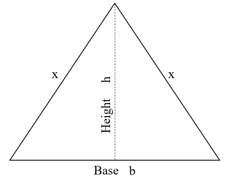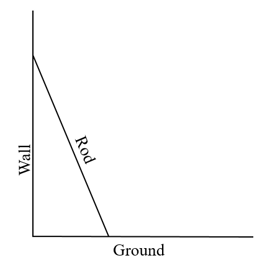Kerala Board Solutions for Chapter: Second Degree Equations, Exercise 4: Exercise 4
Kerala Board Mathematics Solutions for Exercise - Kerala Board Solutions for Chapter: Second Degree Equations, Exercise 4: Exercise 4
Attempt the free practice questions on Chapter 4: Second Degree Equations, Exercise 4: Exercise 4 with hints and solutions to strengthen your understanding. Standard 10 Mathematics Part - 1 solutions are prepared by Experienced Embibe Experts.
Questions from Kerala Board Solutions for Chapter: Second Degree Equations, Exercise 4: Exercise 4 with Hints & Solutions
The square of a term in the arithmetic sequence is . What is its first position?
was deposited in a scheme in which interest is compounded annually. After two years the amount in the account was . What is the rate of interest?
added to the product of two consecutive even numbers gives . What are the numbers?
added to the product of two consecutive multiples of gives . What are the numbers?
How many terms of the arithmetic sequence must be added to get ?
added to the sum of the first few terms of the arithmetic sequence gave . How many terms were added?
An isosceles triangle has to be made like this. The height should be meters less than the base and the area of the triangle should be square meters. What should be the length of its sides?

A metre long rod leans against a wall, its foot metre from the wall. When the foot is moved a little away from the wall, its upper end slides the same length down. How much farther is the foot moved from the wall?

